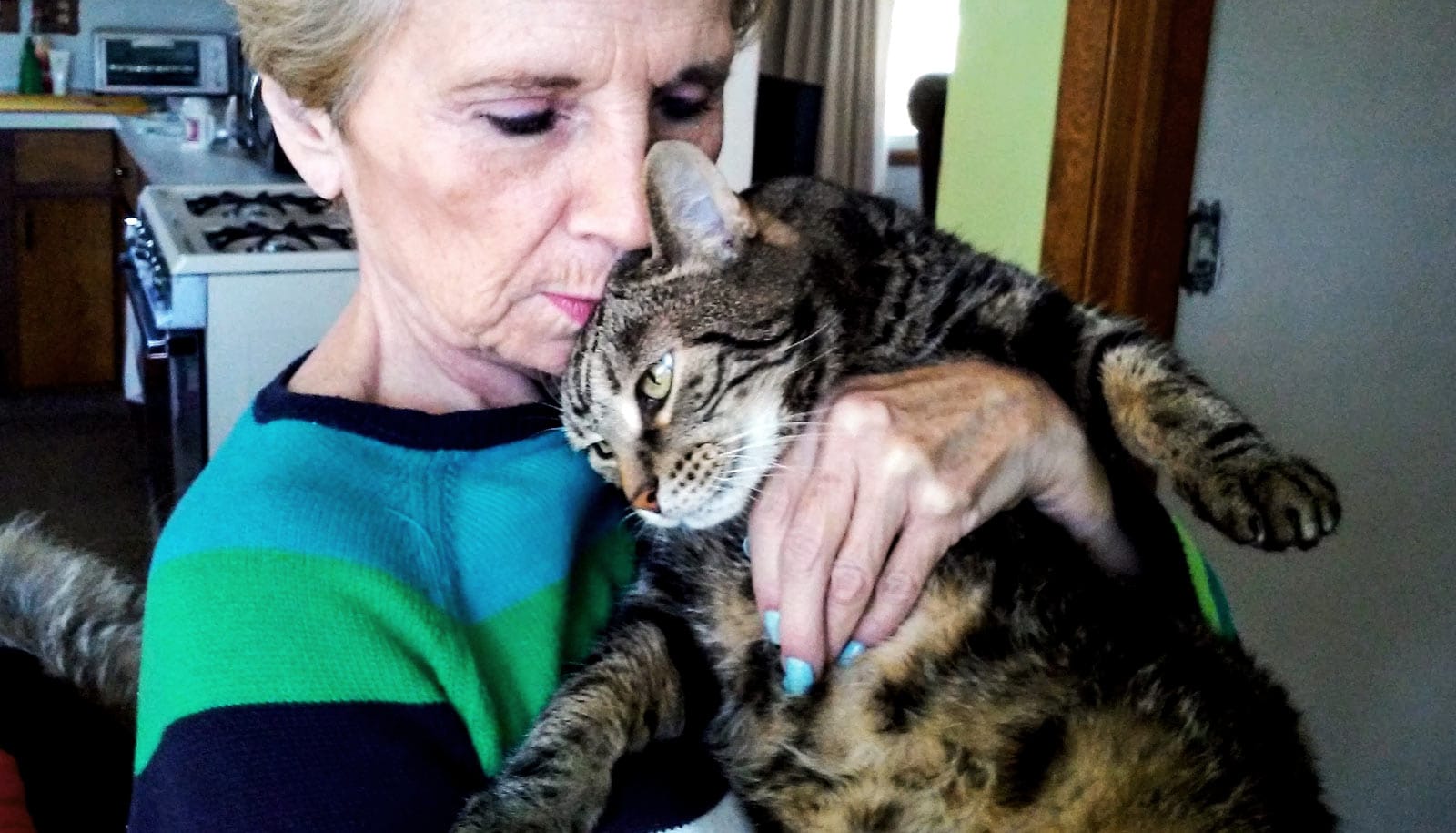Exercise and sleep may affect depression differently in men and women, according to a new study.
Researchers looked at exercise and sleep patterns in more than 1,100 college students at Beijing University. Participants completed three questionnaires assessing depressive symptoms, physical activity habits, and sleep patterns.
For men, vigorous and moderate physical activity helped protect against depression, says Weiyun Chen, an associate professor of kinesiology at the University of Michigan. However, for women, no level of physical activity significantly affected depression. Although there’s a dearth of female-focused research, this contradicts general conclusions that regular physical activity helps reduce depression.
This finding may have happened because so few women compared to men exercised at high intensity, Chen says. As a result, researchers couldn’t detect any protective effect of high-intensity exercise in women when they analyzed the data by gender.
The researchers also examined seven sleep variables, and found sleep was significantly associated with depression levels in both genders. On average, students reported quality sleep, but 16 percent of males and 22 percent of females reported poor sleep quality.
Overall, students in the study did not report feelings of depression, which surprised Chen, as Beijing University is a pressure-cooker environment similar to Ivy League schools in the US However, more women (43 percent) than men (37 percent) reported depression.
“This is consistent with existing research that higher rates of depression are found among women, with approximately a 2:1 ratio of diagnosis, although suicide rates are 3 to 5 times higher among men,” Chen says.
The connection among sleep, exercise, and mood might also help explain women’s higher rate of depression, Chen says.
Men in the study exercised more and at higher intensity than women, whose higher levels of depression may have decreased likeliness to exercise and negatively impacted sleep quality.
Depression and mood disorders are a serious problem in adolescents, with up to 20 percent of teens diagnosed with a mental, emotional, or behavioral disorder, says first author Ana Cahuas, who was a student in the Undergraduate Research Opportunity Program when she wrote the paper with Chen’s guidance.
Roughly 1 in 7 college students is diagnosed with depression—with suicide the second-leading cause of death among them. College students are at particular risk for depression because of heavy workloads, stress, and sleep deprivation.
Major depression involves symptoms persisting for at least two weeks, and can occur multiple times throughout life. Persistent depressive disorder, or dysthymia, is depression that lasts at least two years, and fluctuates in severity. Studies show that only about half of people with depression receive treatment.
Researchers recruited participants from one university in China, so results cannot be generalized to all college students. The study appears in the Journal of American College Health.
Source: University of Michigan



